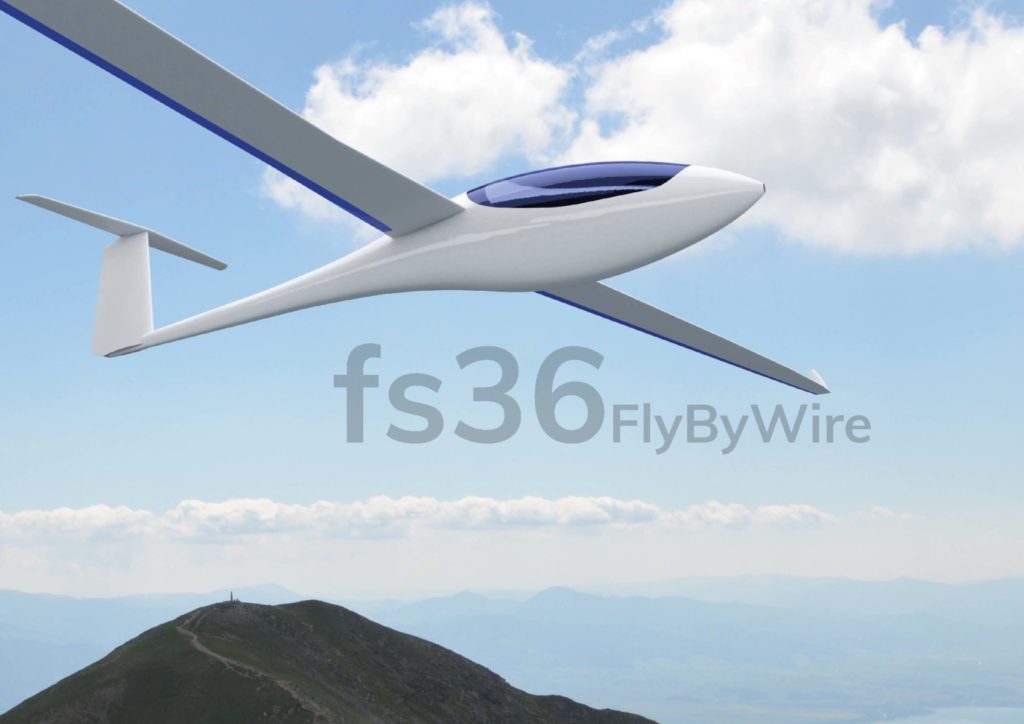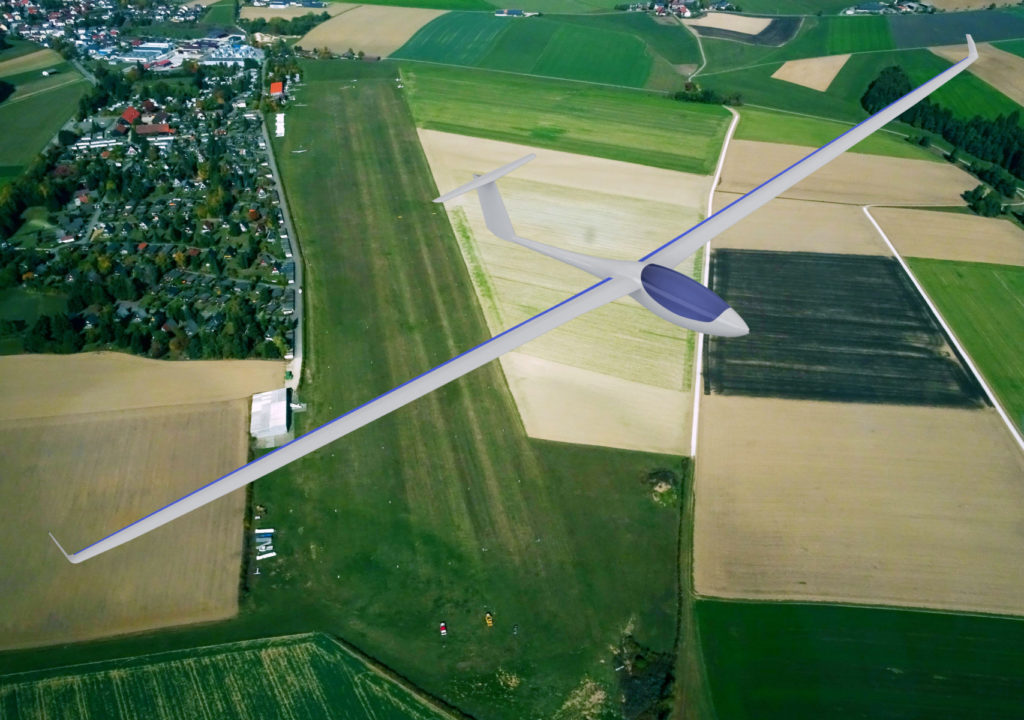
A new dimension of Performance and Safety!
With this in mind, a new glider prototype is being built at Akaflieg Stuttgart. The most important feature can already be recognized in its name – FlyByWire: For the first time we want to do without the usual mechanical flight controls used in small aircraft construction. Instead, the control surfaces will be engaged exclusively with electric actuators.

Safety through digitalization
While computer controlled rockets land fully automated backwards onto the Earth, in small aviation most aircraft accidents are still caused by pilot errors. Compared to the previous passive pilot supports, for example collision warning systems, FlyByWire allows us for the first time to actively support pilots and reduce their workload. Together with the Institute of Aeronautical Systems (Institut für Luftfahrtsysteme) at the University of Stuttgart, we are accommodating the redundant flight control system in the minimal space available in a glider. The resulting mechanical decoupling of the control elements and control surfaces enables the flight control computer to actively intervene before critical flight situations or structural overloads occur.
Better performance through digitalization
Compared to mechanical flight controls, electrical controls create completely new possibilities in terms of space requirements and flexibility. Since signal transmission via cable requires significantly less installation space than mechanical control rods, FlyByWire technology enables us to implement additional, unconventional control surfaces, such as Fowler flaps. This allows us to reduce our wing area and thus the frictional resistance, which significantly improves the high-speed flight characteristics.
The hidden potential, however, lies in the flight control computer, which can control the actuators at will, so that an optimal lift distribution can always be achieved.

Ready for the Future
Furthermore, the FlyByWire system makes it possible, for example, to limit the flight range of a student pilot, active flutter reduction and much more. Especially in view of the expected integration of autonomous drones into the airspace, the avoidance of collisions or restricted airspace is a possibility, so that the glider will also be suited for the future.
Additional Information
The fs36 is no longer just an idea. For some time now we have been working on the design and construction. We’ve already built some wing parts for testing! In the coming months, one Akaflieger will present their work for the fs36 here every week.
On the project page of the fs36 you can find more detailed data and an overview of the work done so far.

Gefördert durch das Ministerium für Wirtschaft und Klimaschutz

